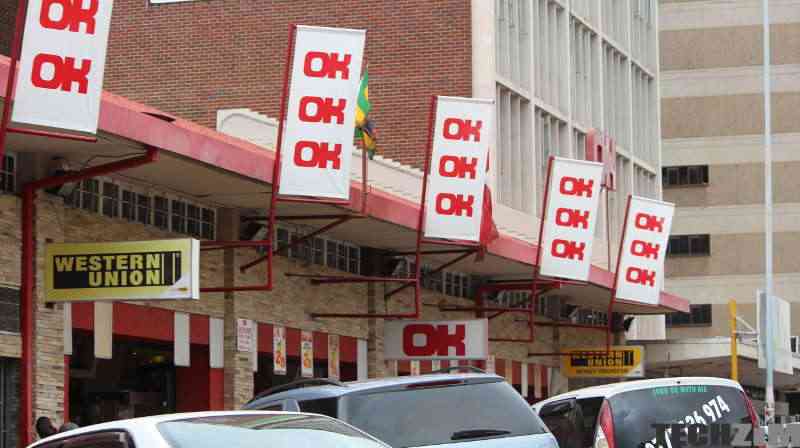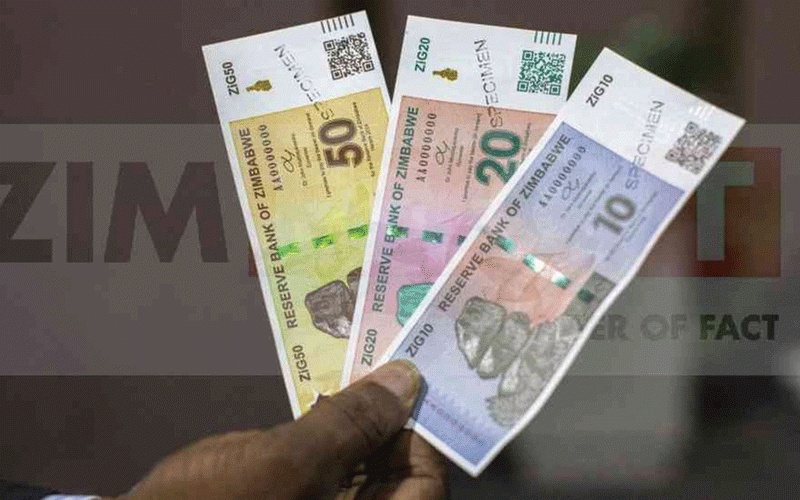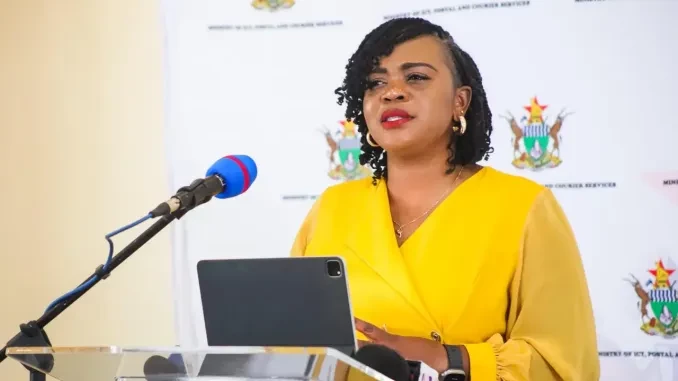
ONE of Zimbabwe’s largest retailers, OK Zimbabwe, is facing mounting challenges that threaten its operations and raise questions about its long-term viability.
In 2023, OK Zimbabwe highlighted how the volatile financial environment, exchange rate fluctuations, and electricity shortages had a corrosive effect on its revenues and operations.
By September 2023, the company admitted to being in a financial quagmire, with operational costs and shrinking profit margins taking their toll.
Recent social media images of empty shelves in several OK branches across the country have added to the speculation that the retailer is grappling with serious supply and operational challenges. Stakeholders are now questioning whether OK Zimbabwe is skating on thin ice regarding its going concern status.
OK’s plight
Zimbabwe’s challenging economic environment has affected many businesses, with some shutting down and others making drastic adjustments to stay afloat. OK Zimbabwe has not been immune to these pressures. One of the major challenges has been exchange rate fluctuations.
Before the introduction of the Zimbabwe Gold (ZiG) currency in April 2024, the local currency’s depreciation created severe pricing pressures. Retailers, including OK, were forced to sell in Zimbabwean dollars but restock in United States dollars. This mismatch often led to revenue erosion, making it difficult for businesses to maintain profitability.
Like other businesses, OK resorted to hedging by increasing prices in local currency to safeguard against exchange rate volatility. However, this strategy came at a cost — reduced consumer purchasing power and declining sales.
- Awards target married couples
- Awards target married couples
- Mayhem as schools reject Zimdollar fees
- Prices continue to skyrocket
Keep Reading
Frequent power outages across the country further compounded OK’s problems, forcing the retailer to rely on generators to maintain operations. In a September 2023 press statement, the company detailed how rising fuel costs and persistent electricity shortages had significantly increased its operational expenses.
What is really going on?
The images of empty shelves have fuelled speculation about OK’s financial health. While the retailer maintains that it is open for business, several underlying factors suggest the need for urgent restructuring and re-strategising. It will be important to dissect the possible causes to OK’s plight.
Supply bottlenecks
According to the company’s 2024 annual report, erratic supply of essential products has been a major challenge. Stiff competition has made it difficult for OK to acquire goods at competitive prices suitable for profit-making. In response, the retailer has increased direct imports, primarily from South Africa, and plans to expand its supply chain to include countries such as Turkey and China. This diversification is expected to address supply gaps and reduce costs.
Volatile operating environment
OK’s press statements since 2023 have consistently emphasised the harsh operating environment in Zimbabwe. The retailer has called for government intervention to address the economic volatility that has stifled business growth and profitability.
Emergence of tuckshops
The rapid growth of tuckshops across Zimbabwe has added another layer of pressure. These small outlets, often located in the central business district and residential areas, sell groceries at significantly lower prices because they operate with minimal overhead costs.
Moreover, an increase in illegal smuggling of groceries into the country has created unfair competition for formal retailers like OK, which are burdened by high production and restocking costs. This has led to dwindling sales as consumers increasingly turn to cheaper alternatives.
Can OK weather the storms?
The empty shelves and the reduction in sales speak volumes of the status quo regarding the giant retailer in Zimbabwe. What remains to be seen is how OK will emerge from this financial quagmire and ensure that there are no supply bottlenecks.
Despite the challenges, there are signs of recovery and resilience. In a press statement released on November 10, 2024, OK assured stakeholders that its stores remain operational and committed to serving customers. The large retailer has been increasing distribution centres.
It has also extended sources of supply, a move in the right direction in their attempt to stay afloat. OK has also acquired new delivery trucks, which will reduce their distribution costs by an average US$40 000 per month. All these are positive elements to recovery. It has also modernised hardware including operational computers to run advanced security utilities and guard against cyber threats.
What will be fundamental is pragmatism of all the strategies in place to ensure that there is a major bounce back. Currency stability is fundamental in determining how OK will perform in the future and as such should not be ignored by the government.
While OK is not in great shape, numbers suggest there are no going concern issues. Assets are still greater than liabilities, which translates to a current ratio of 1:1 — an indication that the business can continue to function.
- Nyatanga is a eanker and economic analyst. He holds a Bachelor’s degree in Banking and Investment analysis. Cell: +263784909184/ email: [email protected]











